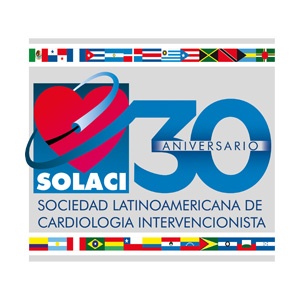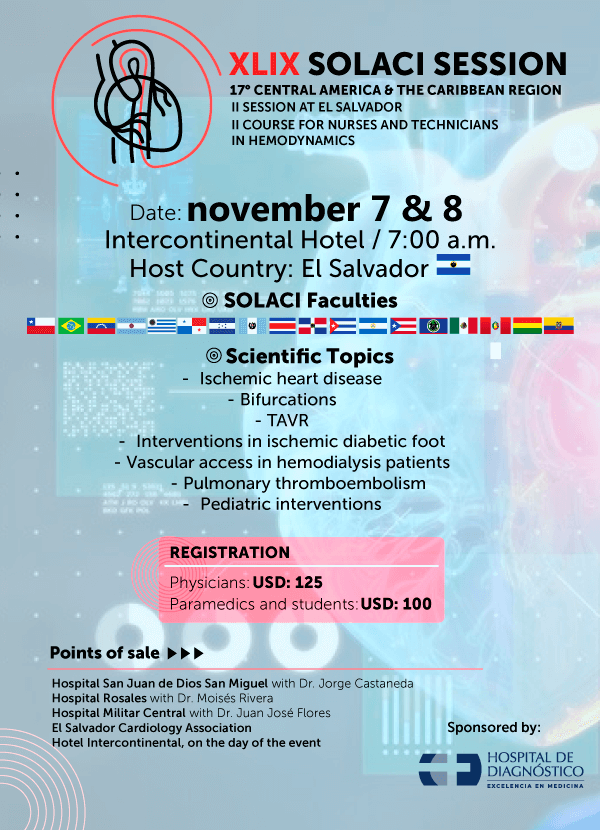Original title: Intracoronary stem cell infusion after acute myocardial infarction: a meta-analysis and update on clinical trials. Reference: de Jong R, Houtgraaf JH, Samiei S, et al. Circ Cardiovasc Interv. 2014;Epub ahead of print.
This meta-analysis included 30 randomized studies conducted between July 2002 and September 2013, totalling 2037 patients with acute myocardial infarction. Of the total, 1218 patients were treated with intracoronary or intravenous mononuclear cells infusion derived from bone marrow (22 studies), mesenchymal cells (3 studies), bone marrow progenitors (4 studies) and cells derived from cardiospheres (1 study).
In studies using mononuclear cells, an increment of the ejection fraction, reduced end-systolic volume and infarct size reduction was observed, but these differences did not reach statistical significance. In the subgroup analysis of 21 randomized studies using mononuclear cells derived from bone marrow, an increase of 2.08 % in ejection fraction compared with controls and 3.04 % per year (p = 0.008 ) was observed at 6 months. However, at 36 months and 60 months post procedure the effect was lost (1.19 %, p = 0.55).
The difference in ejection fraction for the group that received the cell infusion at 18 months, cut, was produced for the preservation of values




